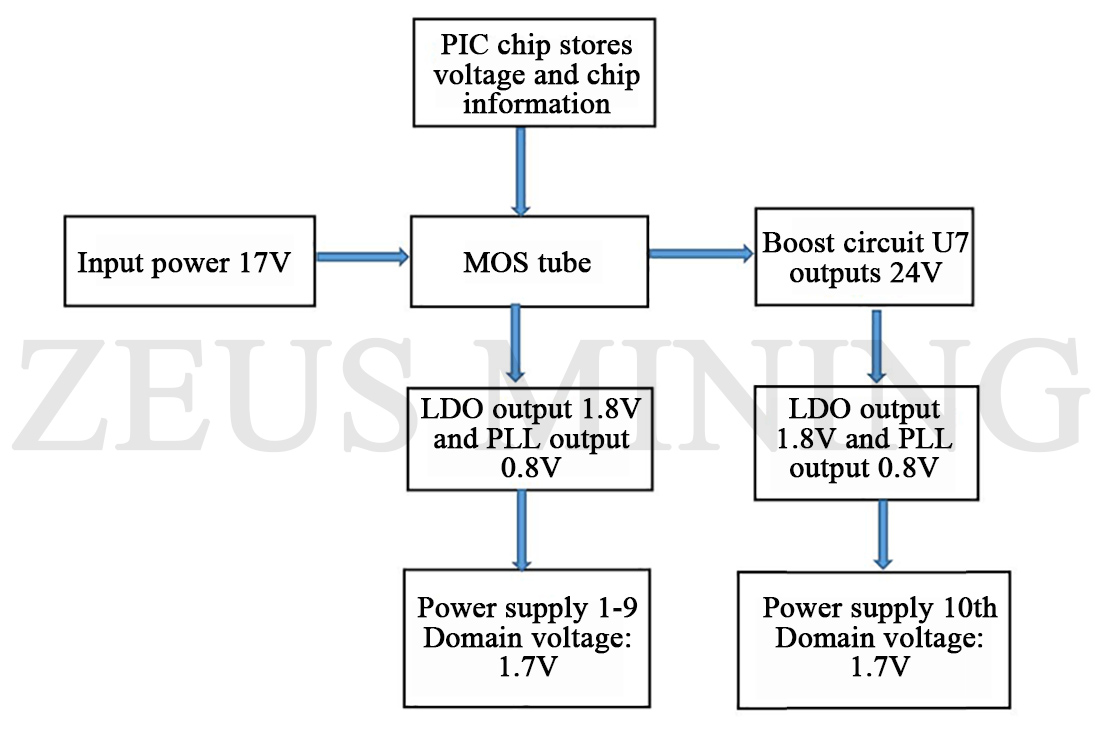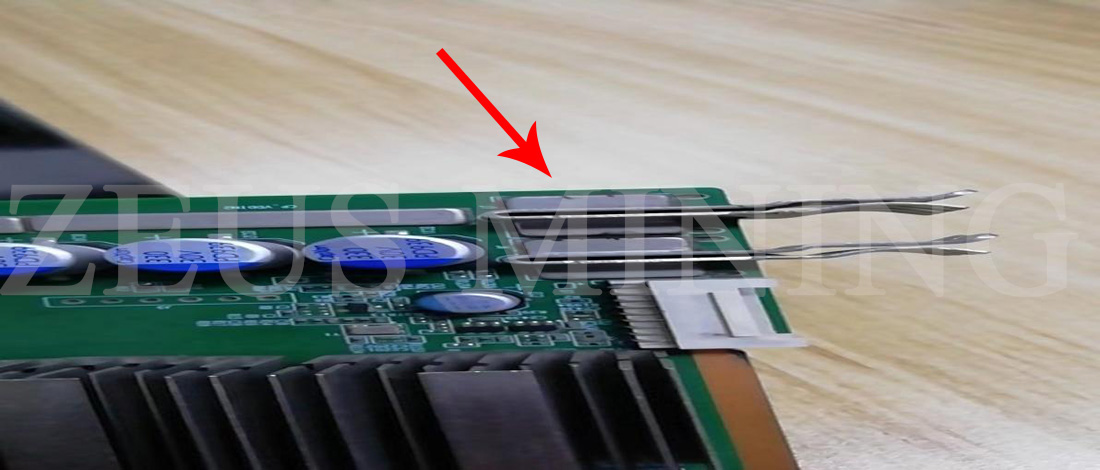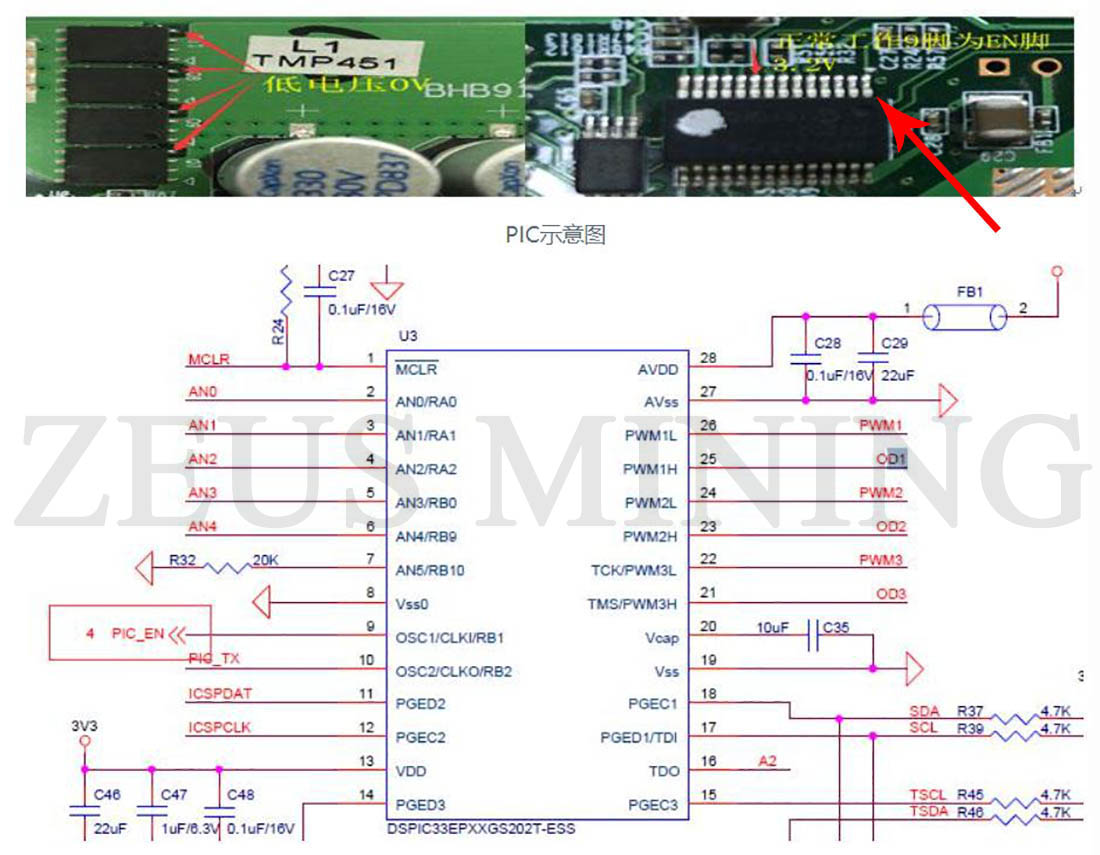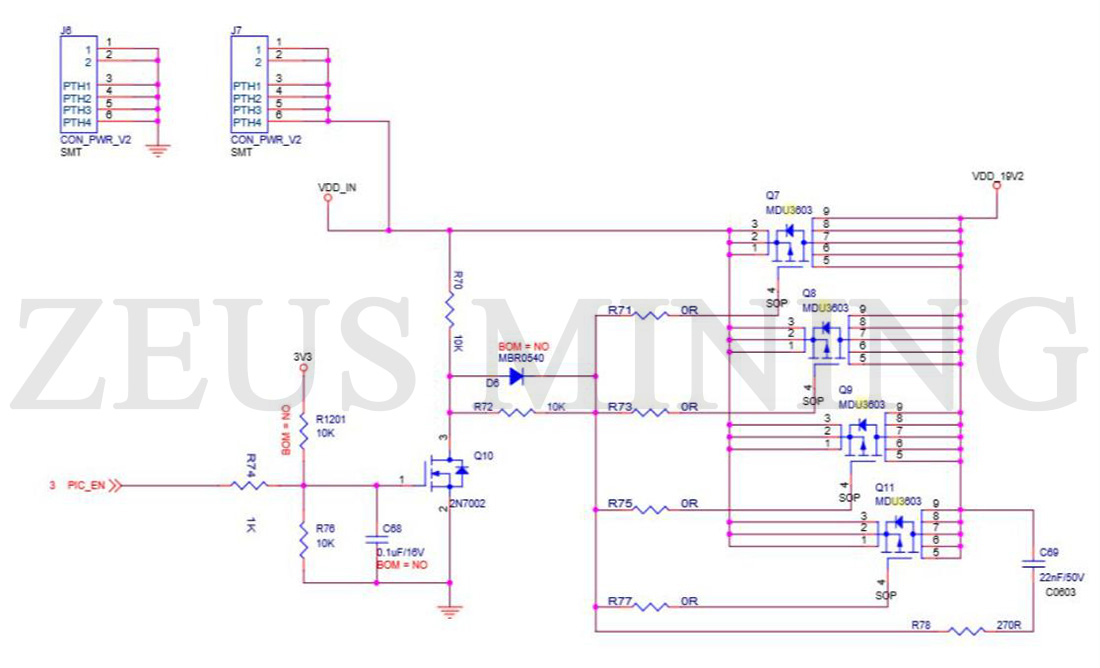ASIC Miner ICERIVER KAS KS0 Profitability In the realm of cryptocurrency mining, the Iceriver KAS KS0 miner has garnered widespread attention. Tailored specifically for the Kaspa network's KHeavyHash algorithm, it boasts high hashing power and low power consumption, making it an ideal choice for many miners. In this article, we will comprehensively assess IceRiver KS0 profitability while considering the Kaspa market conditions and the attributes of KS0 miner. Kaspa Market Dynamics Kaspa is a vibrant cryptocurrency network aimed at delivering high performance and scalability for everyday transactions. At the time of writing this article, the Kaspa coin trades at approximately $0.04959. But it's essential to note that cryptocurrency markets are highly susceptible to price volatility. Hence, investors must remain vigilant about market dynamics. Additionally, the Kaspa network's mining difficulty and reward mechanisms play a role in mining returns. Attributes of the IceRiver KS...
How to test the voltage and ground value of the Antminer T17 hash board power supply unit?
Antminer T17 hash board power supply unit
1. 17V voltage test
Test method: The Fluke 17B+ multimeter is adjusted to the DC gear, the red test lead is placed on the positive electrode of the power interface of the hash board, and the black test lead is placed on the negative electrode of the power interface.
2. PIC chip voltage test
There is a black dot on the PIC chip, that is 1st Pin.
Test method: adjust the Fluke 17B+ multimeter to DC gear, measure whether the 9th Pin of the PIC chip has output; the normal voltage is about 3.3V. If there is no 3.3V, please check the connection status of the T17 hash board test cable to determine whether the hash board is normal; if not, you need to re-program the PIC.
3. MOS tube voltage test
There is a white dot next to the MOS tube, which is 1st Pin. The voltage of the MOS tube is the 1st Pin input, 8th Pin output.
Test method: The Fluke 17B+ multimeter is in DC gear, the black test lead is placed on the negative pole of the capacitor, and the red test lead is placed on the first or eighth Pin of the MOS tube. The input and output values of the MOS tube voltage can be measured. Normally, there will be 17V input and output.
If the voltage is abnormal, it is necessary to measure the ground value of the MOS tube.
Test method: adjust the Fluke 17B+ multimeter to the diode gear, put the red test lead on the capacitor's negative pole and put the black test lead on the 1st or 8th Pin of the MOS tube. If the ground value is abnormal, replace the MOS tube. (To judge whether the resistance value of the MOS tube is abnormal, you can compare it with other MOS tubes)
4. LDO 1.8V and PLL 0.8V output voltage test
There is a white dot next to LDO 1.8V, which is 1st Pin. The LDO 1.8V voltage is the 1st Pin input, 5th Pin output.
Test method: adjust the Fluke 17B+ multimeter to DC gear, put the black test lead on the heat sink of the same domain, the red test lead on the 1st Pin, normally there will be 2.5V input, and the red test lead on the 5th Pin, normally there will be 1.8V input-output.
There is a white dot next to PLL 0.8V, which is Pin 1. PLL 0.8V voltage is the input of Pin 1 and the output of Pin 5.
Test method: adjust the Fluke 17B+ multimeter to DC gear, put the black test lead on the heat sink of the same domain, the red test lead on the 1st Pin, normally there will be 1.8V input, and the red test lead on the 5th Pin, normally there will be 0.8V input-output.
If the voltage is abnormal, it is necessary to measure the ground value of LDO 1.8V and PLL 0.8V.
Test method: adjust the Fluke 17B+ multimeter to the diode gear, put the red test lead on the same domain's heat sink and put the black test lead on the 1st Pin. If the ground value is abnormal, replace the corresponding LDO 1.8V and PLL 0.8V. (To judge whether the resistance of LDO 1.8V and PLL 0.8V is abnormal, you can compare other LDO 1.8V and PLL 0.8V)
5. 24V voltage test
24V can be measured across the black capacitor.
Test method: adjust the Fluke 17B+ multimeter to the DC gear; the red test lead is placed on the positive pole of the power interface of the hash board, and the black lead is placed on the negative pole of the power interface.









Comments
Post a Comment
Tell us your opinion